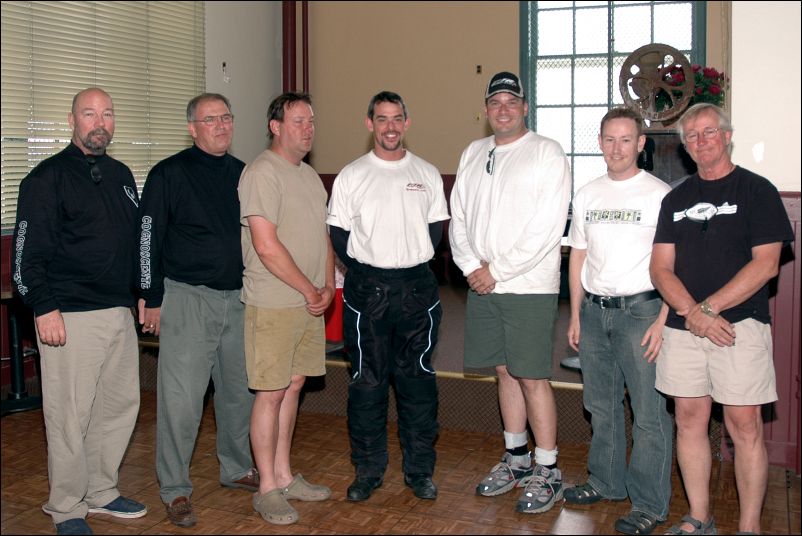joebiodiesel
I wish I could think of something witty to put her
Here's an example of how O2s can read. When warm they generally cycle above and below 450mV. The graphs of the top two 02s both have troubles.Sure, ionbeam, that answers also answers the question asked. Those who answered above are strangers and as you and others made clear in my introduction people here like to mess with each other a bit. So you are strangers who admit you'd be messing with me and you don't understand that I would be suspicious? My suspicions are verified by Ignacio moving my question to the useless section of the forum even though his and other answers did not meet the question asked.
Ignoring all else above does anyone have a constructive answer to the question which I asked?
Again I'd still like to know what the readings from the O2 sensor are supposed to be so I can eliminate that as a source.
David
The top one doesn't cycle evenly above/below 450mV. It is biased slightly lean and the controller will add extra fuel on that bank to comensate for it. The engine will run fine, but fuel mileage will suffer.
The second one is an example of a sluggish O2. It cycles the full range but has a poor response rate. O2s that are sluggish also tend to also be biased slightly lean and also contribute to poor mileage.
the bottom two O2s are located behind the catalyst. If the cat is good, and the air/fuel ratio is correct, they will read steady, as shown.
Reading O2s don't always tell the whole story. To see all of what is going on you will need a scan tool that can read the fuel trims.
Joe

































































